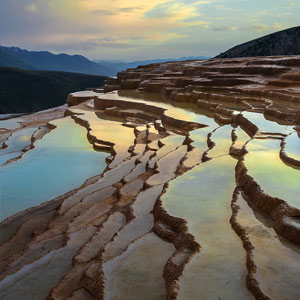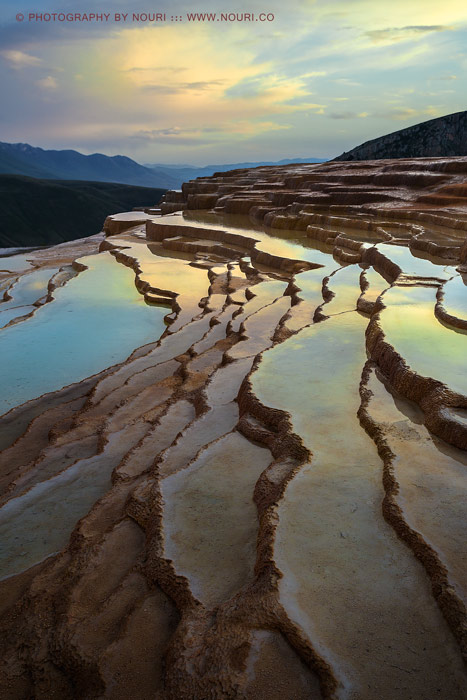
Badab-e Surt's springs are two distinct mineral springs with different natural characteristics, located at 1,840 metres (6,040 ft) above sea level. The first spring contains very salty water that gathers in a small natural pool; its water is considered to have medicinal properties, especially as a cure for rheumatism and some types of skin diseases and skin conditions. The second spring has a sour taste and is predominately orange mainly due to the large iron oxide sediments at its outlet.
As a result, over the course of thousands of years the water from these two springs emanating from the mountain range have combined and resulted in a number of orange-, red- and yellow-colored pools shaped as a naturally formed staircase. The surrounding vegetation to the north consists of pine forests while to the east it mainly consists of short trees and shrubs; and rock quarries can be seen to the west of the site.
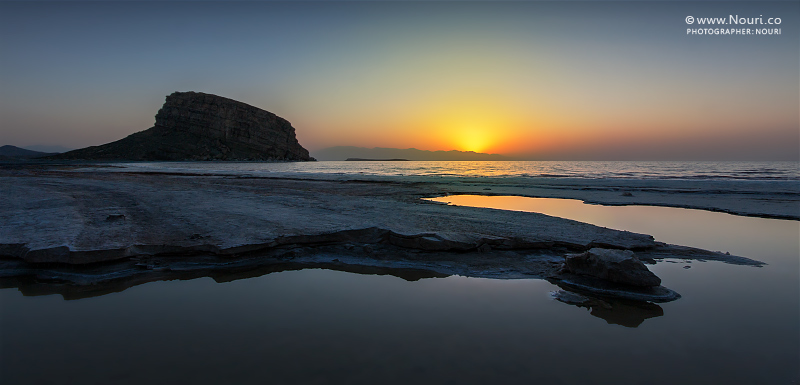 Lake Urmia is an endorheic salt lake in northwestern Iran near Iran's border with Turkey. At its full size, it was the largest lake in the Middle East and the sixth largest saltwater lake on earth with a surface area of approximately 5,200 km² (2,000 mile²), 140 km (87 mi) length, 55 km (34 mi) width, and 16 m (52 ft) depth.
Lake Urmia is an endorheic salt lake in northwestern Iran near Iran's border with Turkey. At its full size, it was the largest lake in the Middle East and the sixth largest saltwater lake on earth with a surface area of approximately 5,200 km² (2,000 mile²), 140 km (87 mi) length, 55 km (34 mi) width, and 16 m (52 ft) depth.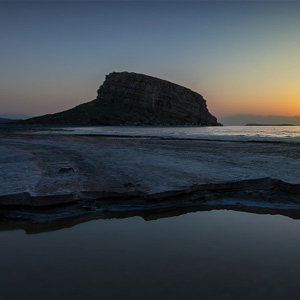
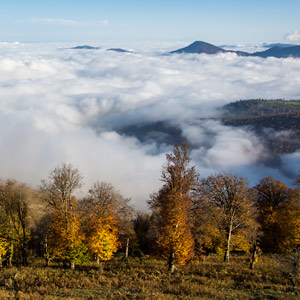
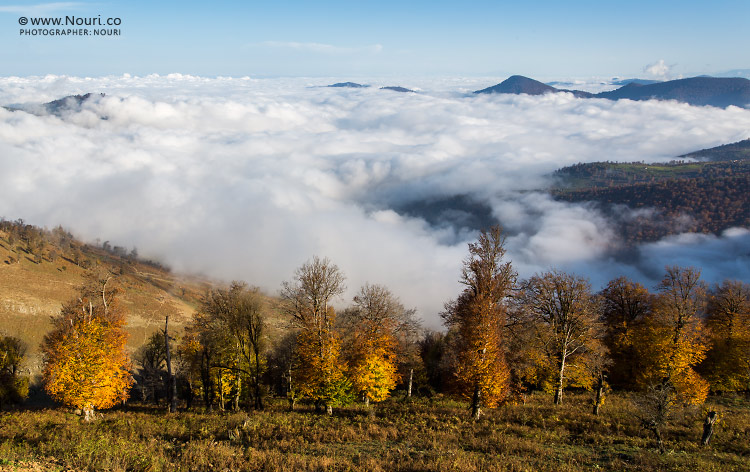 Asalem is a countryside in Talesh County. The elevation of the region increases southward toward Khalkhal.
Asalem is a countryside in Talesh County. The elevation of the region increases southward toward Khalkhal.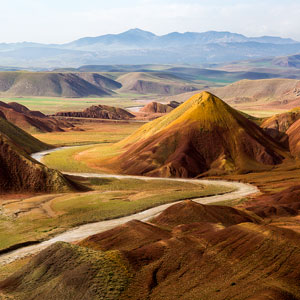
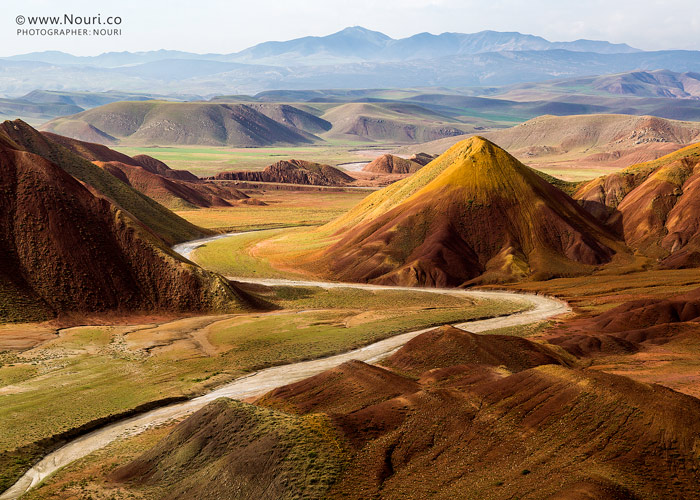 “Ala dagh lar” or colored mountains is located about 25 km northeast of the city of Tabriz in East Azerbaijan province.
“Ala dagh lar” or colored mountains is located about 25 km northeast of the city of Tabriz in East Azerbaijan province.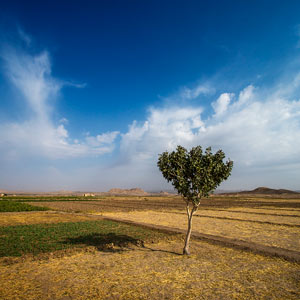
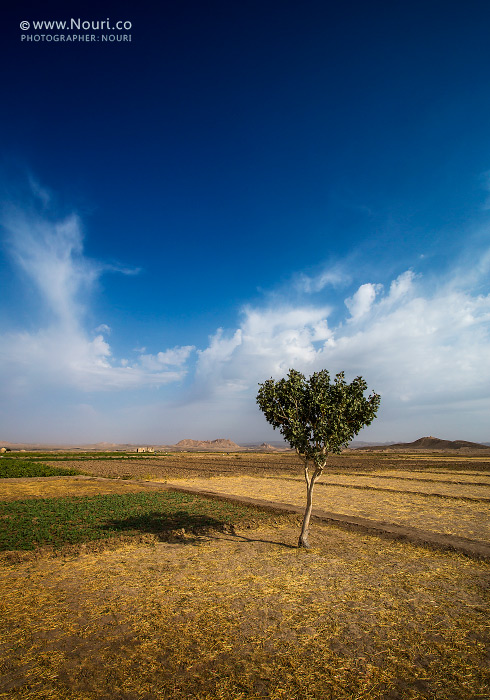
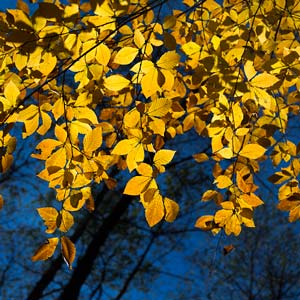
 Sunny fall day under a b
Sunny fall day under a b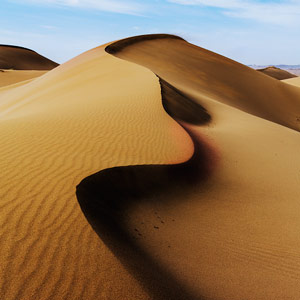
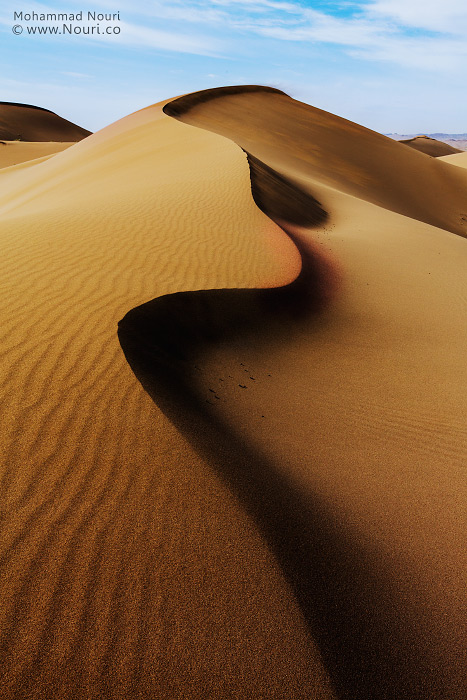 Many areas in Iran central desert attract tourists every year. Maranjab Desert is a famous part of Iran central Desert and is located in the north of isfahan province. The 500 year old carvansary and fresh water pool are among the amazing wonders of maranjab.
Many areas in Iran central desert attract tourists every year. Maranjab Desert is a famous part of Iran central Desert and is located in the north of isfahan province. The 500 year old carvansary and fresh water pool are among the amazing wonders of maranjab.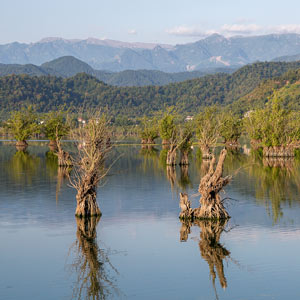
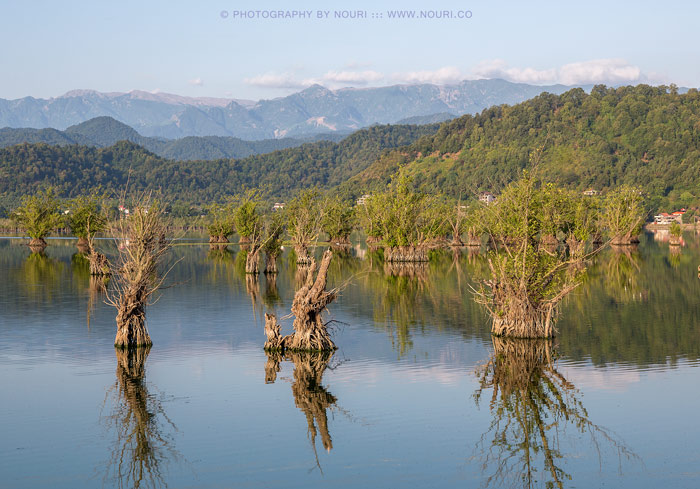 Steel Lake in Astara is one of the most beautiful place of the west of Gilan.
Steel Lake in Astara is one of the most beautiful place of the west of Gilan.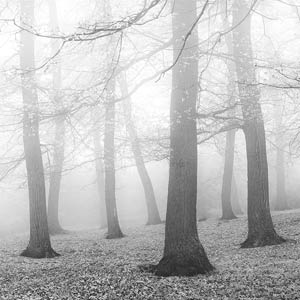
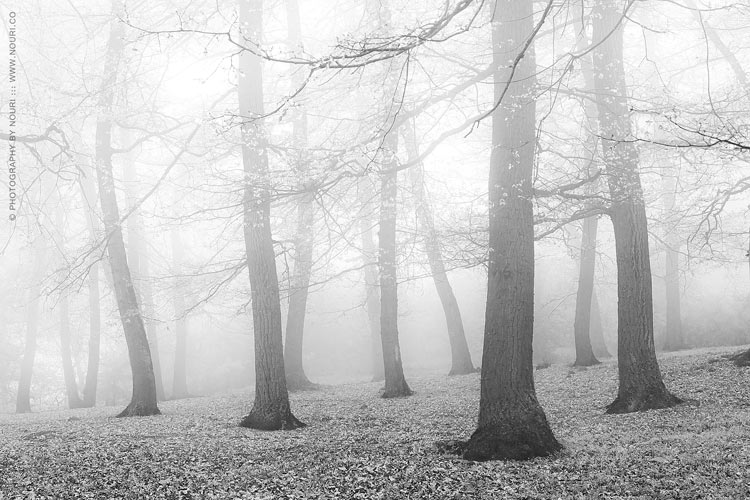 I took this shot in Mazandaran Province, Iran.
I took this shot in Mazandaran Province, Iran.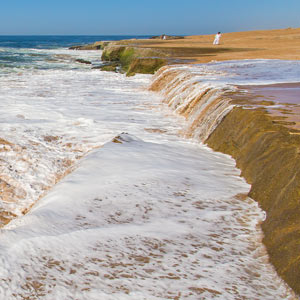
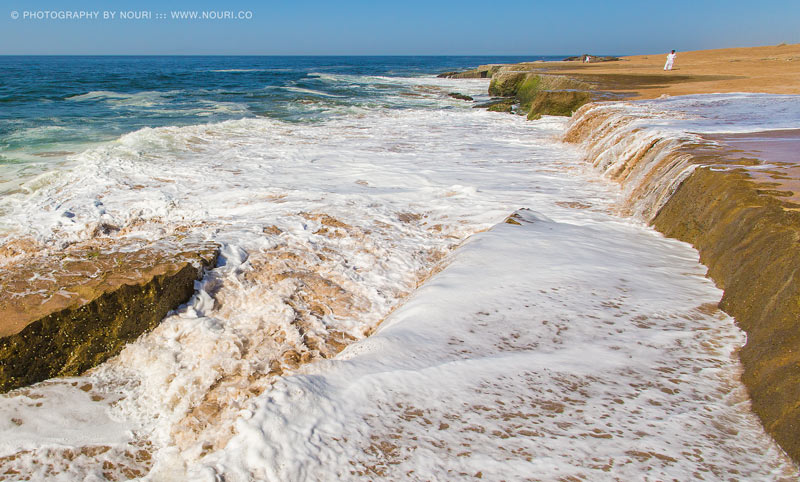 Chabahar is a
Chabahar is a 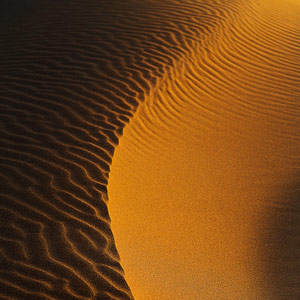

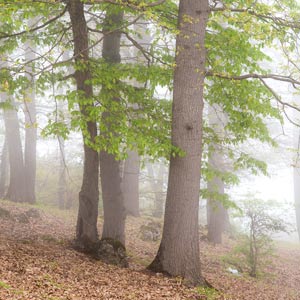
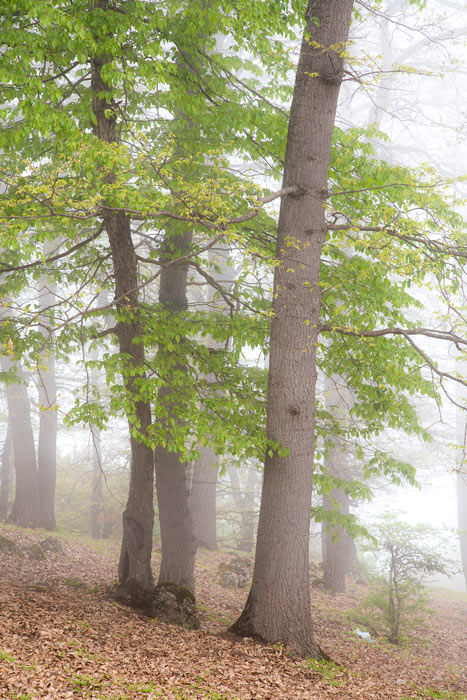 Mazandaran province is in the north of Iran. Located on the southern coast of the Caspian Sea.
Mazandaran province is in the north of Iran. Located on the southern coast of the Caspian Sea.